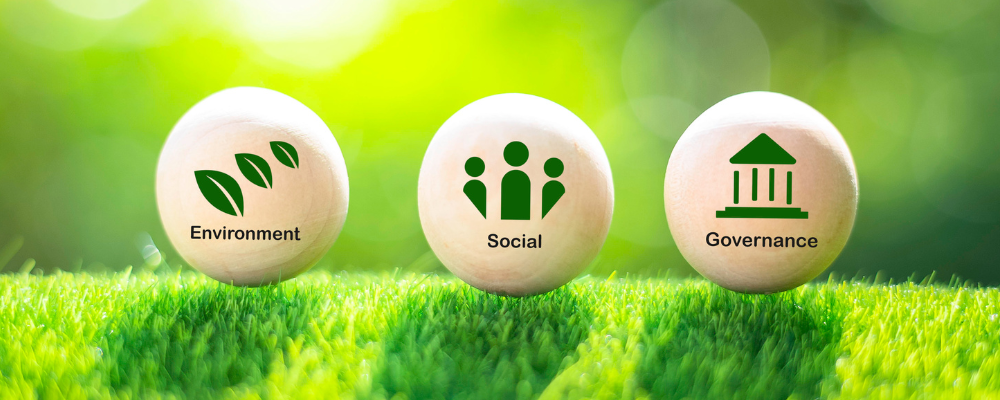The complexity of mapping Scope 3 emissions in the Oil and Gas Industry
How WOCE offers innovative solutions through various tools

The Oil and Gas Industry faces a distinct challenge when it comes to mapping emissions, particularly Scope 3 emissions. These emissions are indirect and occur throughout the entire value chain, making accurate measurement and effective mitigation difficult. This blog explores the complexity of mapping Scope 3 emissions in the industry and discusses how World of Circular Economy (WOCE) offers innovative solutions through tools like Carbon Ledger, Carbon Accounting as a Service, and Green API.
Understanding the Challenge

Scope 3 emissions extend beyond a company's direct operations, encompassing a myriad of activities involving suppliers, partners, and end-users. For the Oil and Gas Industry, this complexity magnifies due to the extensive value chain involved in exploration, extraction, transportation, refining, and distribution.
Supplier Engagement: Identifying and quantifying emissions from suppliers, especially in a global and diverse supply chain, presents a significant hurdle. The lack of standardized reporting further complicates this process.
End-User Impact: Calculating emissions generated by the end-use of oil and gas products requires collaboration and data sharing across various sectors, adding layers of intricacy to the mapping process.
Data Variability: Scope 3 emissions data can vary widely based on geographical locations, technologies employed, and operational practices, making it challenging to establish consistent benchmarks.
Limited Control: Perhaps the most significant challenge in tackling Scope 3 emissions for oil and gas companies is the limited control they have over these emissions. Once the products leave their facilities, the emissions generated from their use are determined by a myriad of factors, including consumer behavior, government policies, and technological advancements.
Complex Value Chain: The oil and gas industry operates within a complex global value chain, involving numerous stakeholders from extraction to consumption. Coordinating efforts to address emissions across this intricate network proves to be a daunting task.
Reporting and Measurement Challenges: Accurately measuring and reporting Scope 3 emissions pose significant challenges due to the complexity of the value chain and the diverse range of end-users. Standardized methodologies for calculating emissions and obtaining reliable data from downstream sources remain elusive, hindering transparency and accountability efforts.
How WOCE Tools Tackle Scope 3 Challenges

1. Carbon Ledger:
WOCE's Carbon Ledger acts as a cornerstone in addressing the complexities of Scope 3 emissions mapping. This advanced tool provides a comprehensive platform for capturing, calculating, reporting, and offsetting emissions across the entire energy value chain.
Digitization of Data Capture: Carbon Ledger facilitates streamlining the process of collecting emissions data from diverse sources. The platform's intuitive interface ensures standardized reporting, enhancing transparency and accuracy.
Global Data Standardization: By employing global data standards, Carbon Ledger tackles the issue of variability in emissions data. This ensures a consistent and reliable dataset, aiding companies in benchmarking their performance against industry norms.
2. Carbon Accounting as a Service:
Outsourcing carbon accounting to WOCE experts through Carbon Accounting as a Service optimizes resources for the Oil and Gas Industry. The service offers a strategic approach to mapping Scope 3 emissions:
Expert Guidance: WOCE experts provide guidance on navigating the complexities of Scope 3 emissions. Their industry-specific knowledge ensures a tailored approach to address the nuances of the Oil and Gas value chain.
Data Validation and Auditing: Carbon Accounting as a Service includes rigorous data validation and auditing processes, enhancing the accuracy and reliability of emissions data. This is especially crucial when dealing with diverse and dispersed datasets.
3. Green API:
In a digitally connected world, Green API emerges as a powerful tool for integrating sustainability into existing systems. WOCE's Green API addresses Scope 3 challenges by:
Seamless Integration: Green API seamlessly integrates with existing systems, allowing for real-time emissions tracking and reporting. This integration fosters a dynamic approach to Scope 3 mapping, ensuring continuous improvement.
End-to-End Visibility: By providing end-to-end visibility across the value chain, Green API enables companies to identify emission hotspots, track progress, and make informed decisions to reduce their overall carbon footprint.
Conclusion:
Mapping Scope 3 emissions in the Oil and Gas Industry is undeniably complex, but WOCE's suite of tools simplifies the process and empowers companies to proactively address sustainability challenges. Through Carbon Ledger, Carbon Accounting as a Service, and Green API, WOCE reaffirms its commitment to guiding the industry towards a more transparent, accountable, and sustainable future.




